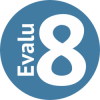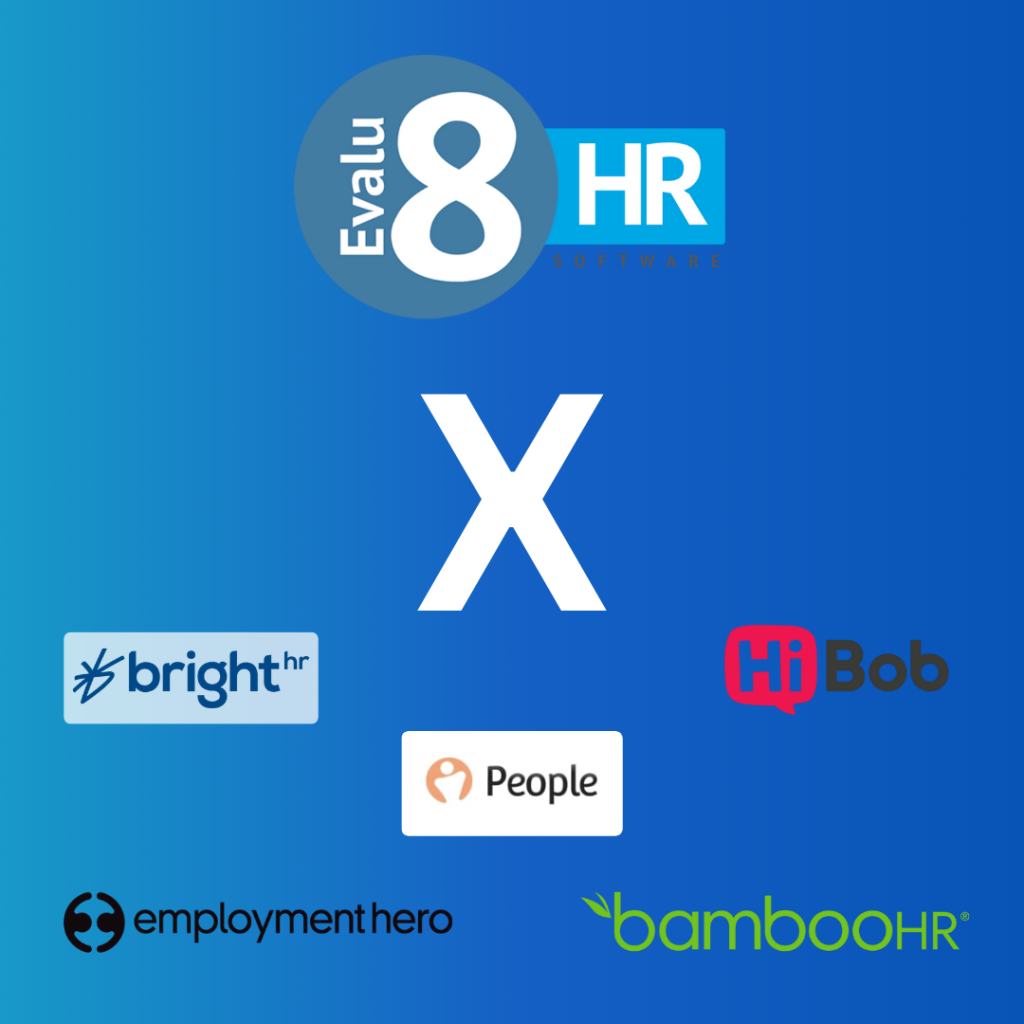
Running HR in a UK manufacturing setting is a different beast. You’re not dealing with flexible desk workers, you’re managing shift-based teams, compliance-heavy processes, time-critical rotas, and H&S accountability. That’s why choosing the right HR software is a strategic decision, not just an IT upgrade.
We’ve analysed six HR platforms through a manufacturer’s lens. You’ll find honest summaries of PeopleHR, BrightHR, BambooHR, HiBob, and Employment Hero, plus a closer look at Evalu-8 HR, the one system we believe stands out as the must-know solution for this sector.
Helpful summary
Overview: This guide compares six HR platforms with a focus on UK manufacturing needs, highlighting functionality, gaps, pricing, and best-fit scenarios.
Why Trust Us: With hands-on experience across hundreds of manufacturing businesses, we know what actually works in the field, not just what looks good in a demo.
Why It Matters: HR software can improve productivity, reduce risk, and boost retention, but only if it’s built with your operational reality in mind.
Action Points: Take a close look at Evalu-8 HR. It combines advanced rota tools, fatigue monitoring, audit-ready records, and app-based access, all designed for real-world teams.
PeopleHR
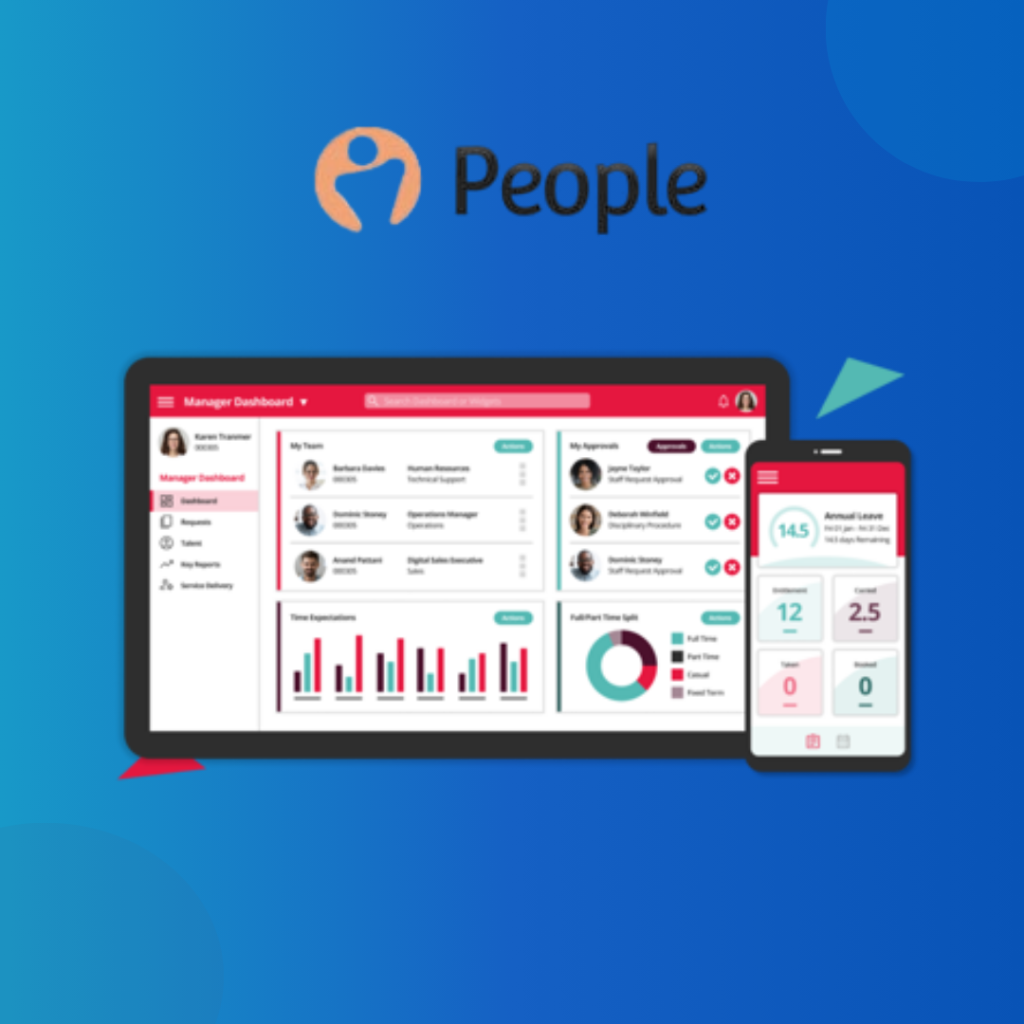
PeopleHR is a decent starter system, ideal for companies with simple HR needs. But its limitations start to show fast in high-volume, shift-based environments. It’s not a strong fit for the manufacturing floor.
Core features
Employee profiles
A central HR hub storing personal details, job titles, contracts, and documents. Custom fields are limited, making it harder to track manufacturing-specific data like PPE qualifications or forklift licences.Leave and sickness tracking
Lets you log absences and holiday requests, with a simple calendar view. However, it doesn’t show shift overlap or provide insights into absence patterns like the Bradford Factor.Basic recruitment tools
Enables basic job posting and application tracking. Suitable for low-volume hiring but lacks automation and bulk onboarding features useful for manufacturing teams.
Advanced features
Self-service access
Employees can view their details, submit holiday requests, and update information. This helps reduce HR admin, but the interface is dated and not fully intuitive on mobile.Basic workflows
Automates a few standard HR processes like onboarding or probation review reminders. However, the logic is limited and not suitable for creating multi-step workflows across departments.Performance reviews
Managers can schedule and complete appraisals, store notes, and rate performance. Custom review formats are minimal, and it’s hard to tie outcomes to training or progression plans.
Constraints and functionality gaps
While PeopleHR handles static HR admin well, its rota capabilities are limited. There’s no support for shift rules or complex working patterns. The platform also lacks fatigue risk alerts, time and attendance, and UK-specific safety features.
Pricing
Starts at £3–£5 per employee/month, depending on modules selected.
Additional features like performance or recruitment tools are charged as add-ons.
No transparent pricing tiers for scale, which makes forecasting harder.
Pros & cons
Pros:
- Quick setup and onboarding
- Clean, user-friendly interface for basic HR tasks
Cons:
- Not designed for manufacturing or shift-based operations
- No tools for fatigue, RAMS, or compliance-heavy processes
- Mobile app lacks real-time usability for managers on site
BrightHR
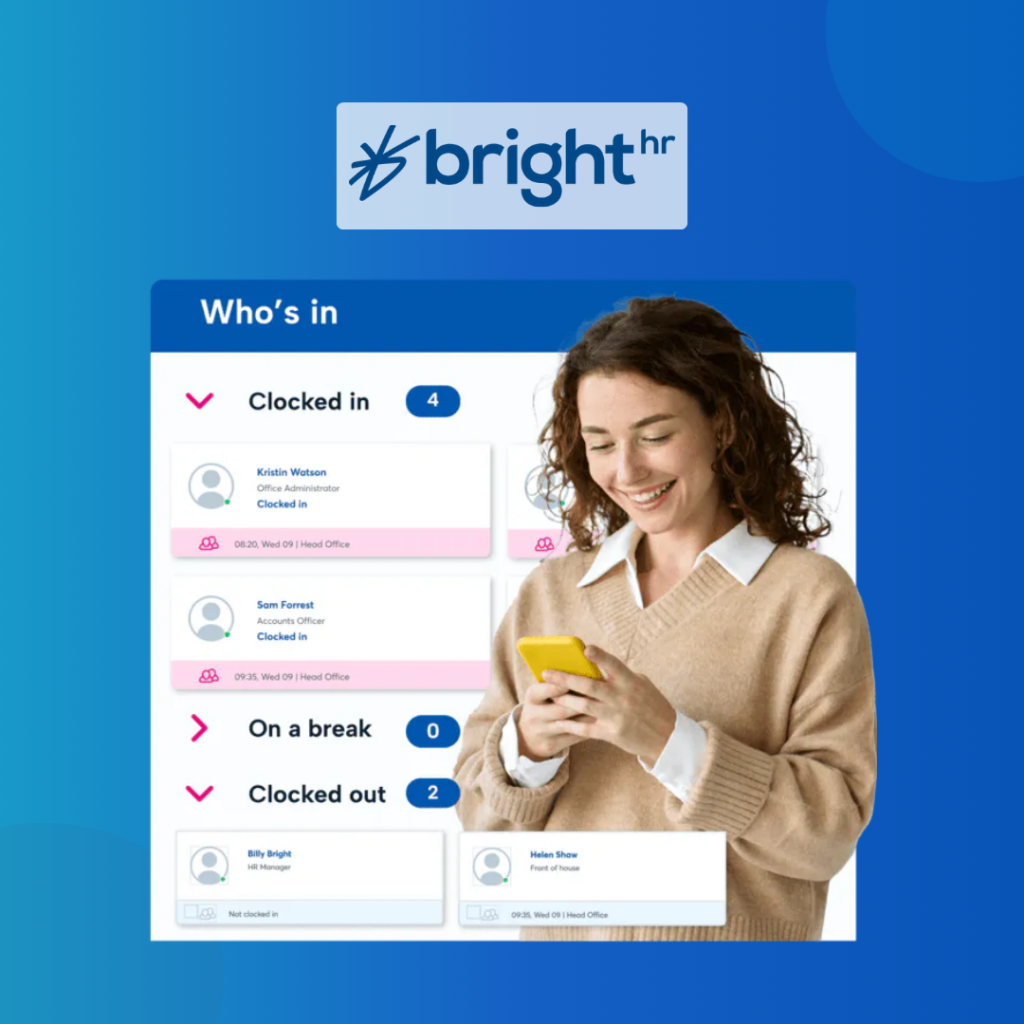
BrightHR focuses on compliance templates and legal backup but doesn’t go far enough in functionality for operational teams. If you need documentation, it’s useful. But if you need rotas, risk, or records, look elsewhere.
Core features
Employee profiles
Stores basic contact details, job roles, start dates, and employment documents. The fields are rigid, offering little flexibility to track manufacturing-relevant data like certifications, shift preferences, or machinery clearances.Holiday and absence tracking
Provides a calendar-based view for logging annual leave, sickness, and other absences. While useful for standard teams, it lacks depth for managing absence across variable shifts or multiple departments, which can impact coverage in production environments.Wellbeing support hub
Offers access to mental health and wellbeing resources through a third-party partner. While this is helpful for employee morale, it’s a general service and not tied into performance data or absence trends within the HR system.
Advanced features
24/7 HR advice line
Gives managers and HR users access to round-the-clock telephone advice from employment law specialists. This is great for smaller businesses without internal HR teams, but less valuable if your team already has HR/legal expertise.H&S documentation builder
Provides ready-made templates for risk assessments and safety policies. However, these are static documents and don’t integrate into a live audit trail or alert system making it unsuitable for environments that require real-time compliance tracking.Reporting dashboard
Includes high-level reports on absences, staff changes, and holidays. Custom reporting is minimal, and there’s no drill-down into shift impacts, overtime, or productivity links, a key gap for manufacturing managers.
Constraints and functionality gaps
There’s limited customisation, especially around shift rules, RAMS, and mobile workforce management. The rota planner is too simplistic for multi-site or variable-hour teams. And the platform isn’t well integrated with time-based tracking or factory payroll systems.
Pricing
Starts at £4.50 per employee/month, but this only includes basic HR functions.
Access to legal advice, documentation, or health and safety add-ons requires separate subscriptions.
Costs escalate quickly with bolt-ons, making it hard to predict total spend for growing teams.
Pros & cons
Pros:
- Large template library and policy bank
- Access to legal support for SMEs without internal HR teams
- Simple holiday approval process
Cons:
- Rota tool not suitable for shift-heavy environments
- No integrated fatigue or T&A tracking
- Doesn’t support live compliance monitoring or audit readiness
- Feels more like a policy portal than a fully functioning HR platform for operational teams
BambooHR
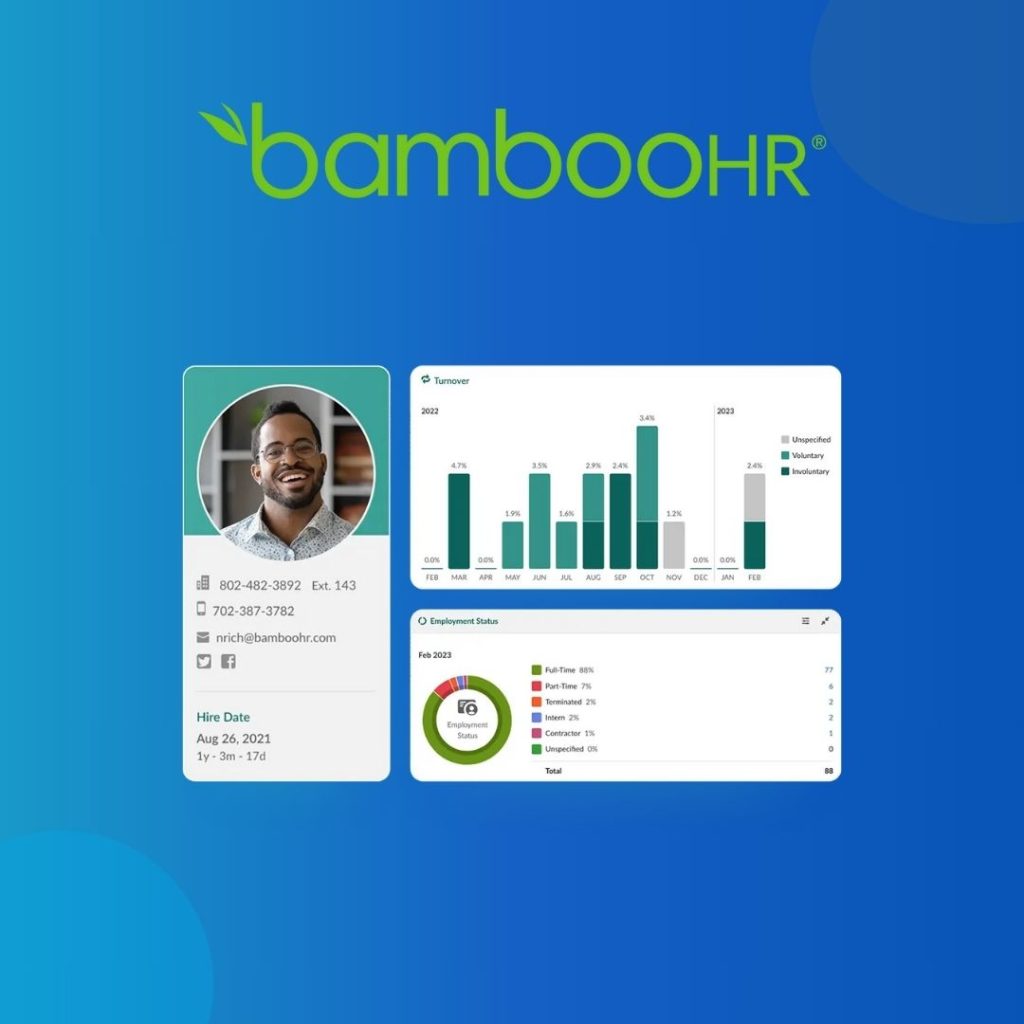
A sleek, popular option but one that’s clearly designed for US-based office teams. BambooHR’s strengths are in UI and onboarding, not in shift logic, compliance, or UK-specific functionality.
Core features
Employee profiles
Provides a clean, intuitive record for each employee with basic personal and job-related details. While visually appealing, the profiles are limited when it comes to tracking certifications, shift licences, or factory-specific training expiries, making it less useful for compliance-heavy roles.PTO (Paid Time Off) management
BambooHR handles time-off requests well, with automated approval workflows and manager alerts. However, it uses a US-centric time-off structure and doesn’t support UK terms like TOIL or absence categories commonly used in manufacturing (e.g. medical suspension, phased return).eSignature workflows
Includes the ability to digitally sign contracts and documents. It’s handy for onboarding but doesn’t integrate deeply into ongoing processes like training sign-offs, policy acknowledgements, or RAMS acceptance, which are often vital in regulated sectors.
Advanced features
Reporting dashboards
Offers a range of high-level HR reports and visual dashboards. However, reports are heavily geared towards headcount and demographics, not operational concerns like shift fulfilment, overtime analysis, or fatigue insights.Performance reviews
Supports structured performance appraisal cycles with templated forms and progress tracking. It works well for office-based roles but doesn’t link performance to skills development, compliance records, or mandatory training gaps.Applicant tracking system (ATS)
BambooHR’s ATS helps manage job postings and applications through custom pipelines. However, there’s no bulk hiring support, and it lacks the speed needed for rapid recruitment cycles in roles like warehouse operatives or seasonal temps.
Constraints and functionality gaps
BambooHR has no native rota tool, and doesn’t support complex shifts or fatigue triggers. UK legislation support is patchy, and you’ll often need workarounds. Not great if you need real-time insight on who’s working where.
Pricing
No public pricing, but typically ranges from £6–£9 per employee/month, depending on features.
Time tracking and performance modules are add-ons, and integrating third-party tools (e.g. for rotas or payroll) will incur additional costs.
Tiered plans can become expensive for mid-size manufacturers looking for full feature access.
Pros & cons
Pros:
- Polished user interface and excellent UX
- Great for onboarding and basic people management
- Strong reputation in SaaS/start-up communities
Cons:
- No rota or fatigue tracking
- Not UK-compliant out of the box
- Doesn’t support operational HR needs like T&A or RAMS
- Better suited to desk-based, white-collar teams than factory workforces
HiBob
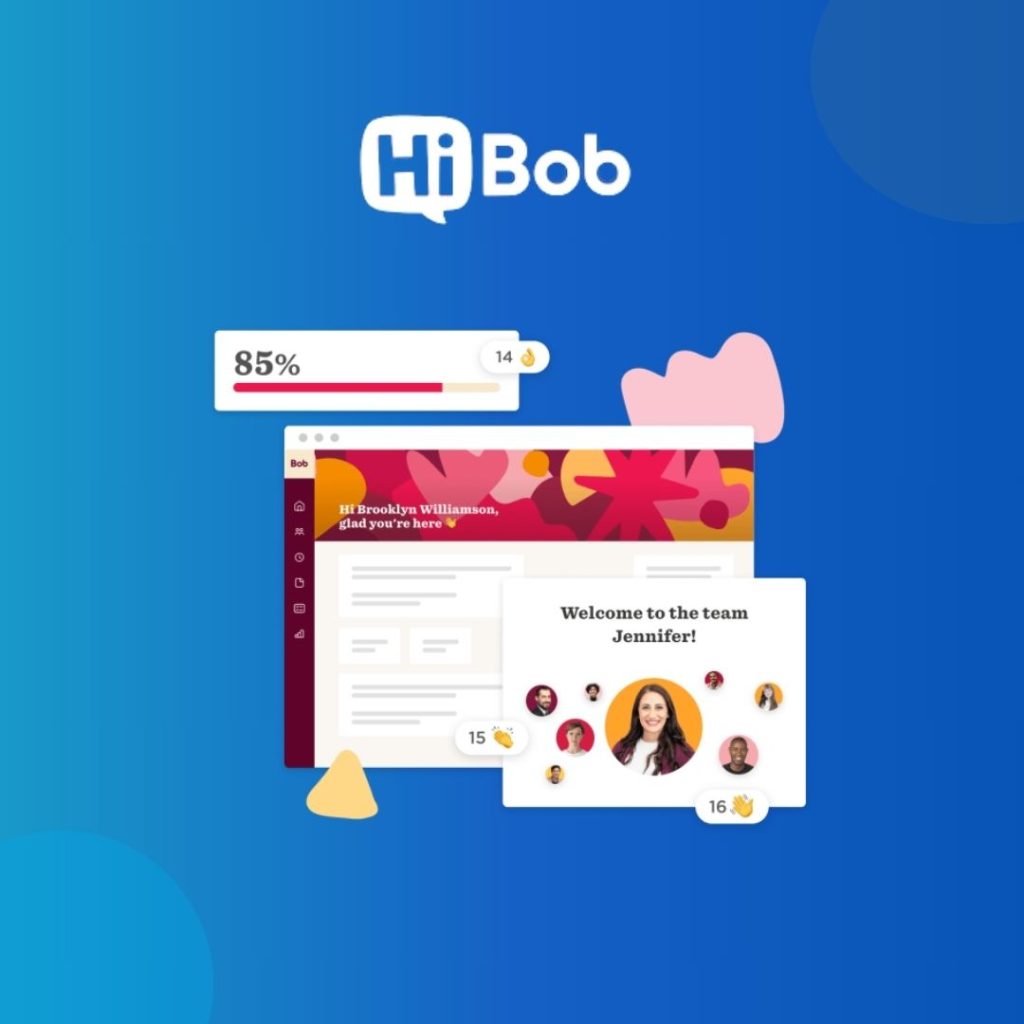
HiBob is full of culture tools great for startups and hybrid teams, not so much for production lines. It leans heavily into engagement but lacks the grit needed for factory environments.
Core features
Employee profiles
HiBob (also known simply as “Bob”) offers highly customisable employee records, allowing you to include personal details, job history, and documents. However, it leans toward “culture-first” data, like preferred pronouns or work styles—nice for tech teams but not all relevant on the factory floor where compliance and role-specific qualifications matter more.Pulse surveys and feedback tools
Built to foster engagement and company culture, Bob allows anonymous employee feedback and sentiment tracking. While this suits hybrid or remote teams, it’s less actionable for manufacturing, where issues are often more operational than emotional.Review cycles
Enables performance evaluations through structured, repeatable cycles. It includes templates for peer and manager reviews but doesn’t tie performance to mandatory training, H&S metrics, or fatigue data—missing key opportunities to align workforce development with compliance.
Advanced features
Compensation planning
Allows you to manage pay reviews and bonuses with custom rules and approval workflows. However, this is geared toward salary-based teams and doesn’t support hour-based wage adjustments or overtime analysis typical in manufacturing.Headcount planning and organisational charts
Offers slick, drag-and-drop org charts and workforce visualisation tools. These are helpful for strategic HR planning but don’t address daily operational tasks like shift allocation, absence cover, or production line coverage.Integration with collaboration tools
HiBob connects well with tools like Slack and MS Teams, but doesn’t offer native integrations with time & attendance, rota planners, or fatigue monitoring tools, which are critical in a factory setting.
Constraints and functionality gaps
There’s no fatigue risk detection, no shift planning, and no RAMS or audit-ready H&S tools. HiBob feels more like a people analytics platform than a boots-on-the-ground workforce system.
Pricing
Typically priced at £6–£10 per employee/month, depending on the size of your business and selected modules.
Many features require onboarding or consultancy support, adding to the overall investment.
Pricing may feel high when core manufacturing needs (rotas, fatigue, T&A) are missing.
Pros & cons
Pros:
- Great UI and employee engagement tools
- Solid for culture-building and remote teams
- Visual dashboards and planning tools for HR leadership
Cons:
- Not built for shift or factory-based workforces
- No T&A, rota, or fatigue support
- Overkill for manufacturers who need operational, not cultural, tools
- Can feel expensive for the value it delivers in industrial settings
Employment Hero
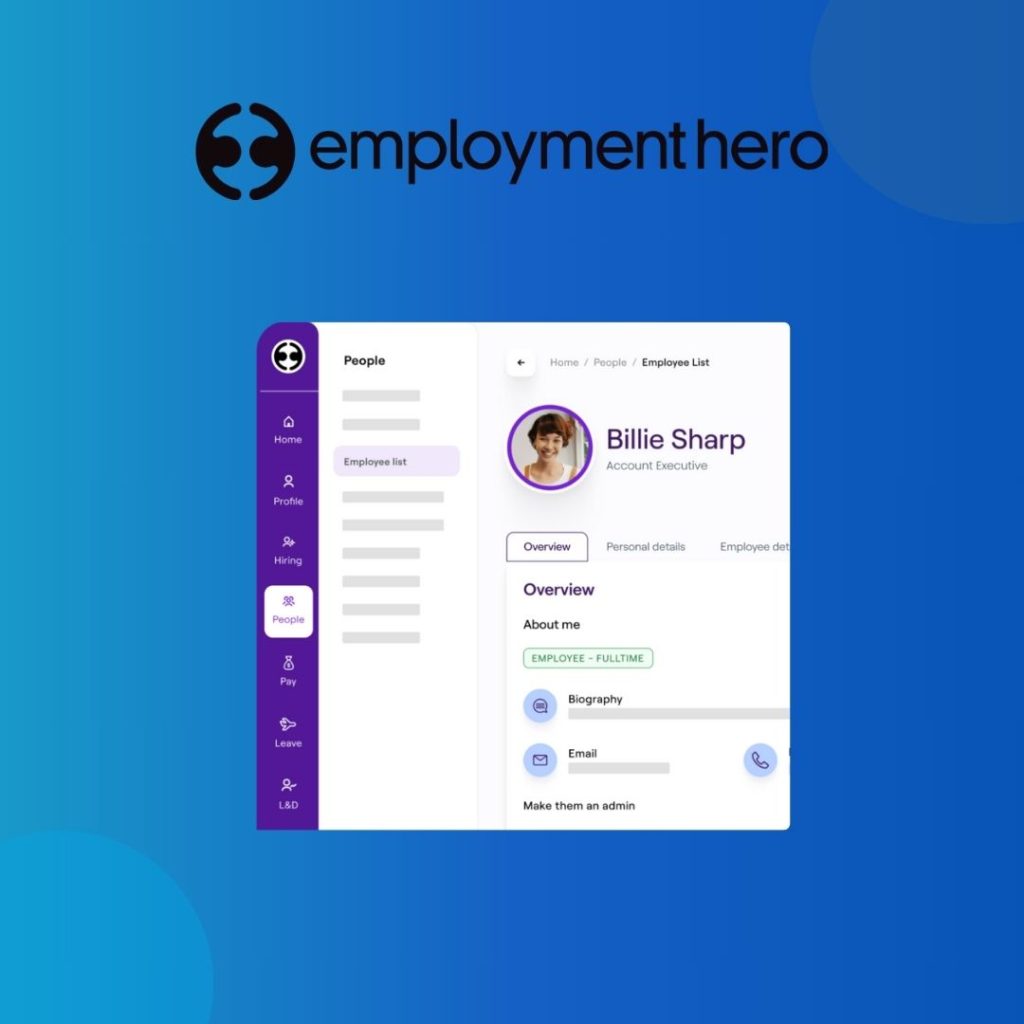
Employment Hero is a strong all-in-one promise, but delivery is mixed. Most tools are geared toward Australia/NZ compliance, and while they’re expanding into the UK, it still feels like a work in progress for manufacturers.
Core features
Digital contracts and HR documents
Offers a centralised space for uploading and managing employment contracts, policies, and HR documentation. While useful for admin purposes, there’s limited integration with operational checklists or safety procedures, which are vital in manufacturing environments.Leave and time-off management
Allows employees to submit leave requests and track entitlements through a web or mobile app. The interface is clean, but lacks visibility into shift cover, which is essential when managing complex rota-based teams or overlapping shifts on production lines.Remote onboarding
Digitises the onboarding process by enabling new hires to complete forms, upload documents, and read policies online. It’s slick, but not tailored to factory settings, where onboarding might include practical training, safety briefings, and equipment handovers that require tracked sign-offs.
Advanced features
Learning management system (LMS)
Includes access to a content library and allows you to assign courses to staff. While helpful, the LMS isn’t deeply tied to mandatory training records, compliance flags, or machinery-specific skills tracking.Payroll (Australia/NZ primary focus)
Employment Hero has a strong reputation in the APAC region for payroll, but UK payroll is handled through outsourced partnerships rather than being natively built. This leads to clunky integration and delays in syncing data from HR to payroll.Benefits marketplace
Offers access to employee perks, wellness tools, and salary sacrifice schemes. While attractive in theory, most of the benefit partners are region-specific, and perks often feel irrelevant to frontline, shift-based staff who care more about stability and fair scheduling.
Constraints and functionality gaps
UK payroll is an afterthought, rotas are weak, and there’s no visibility over fatigue risk or shift impact. The mobile app lacks real-time features that shift leaders and managers need on the shop floor.
Pricing
Usually priced around £5–£7 per employee/month, depending on selected modules and business size.
Payroll and LMS features may carry additional costs.
Many UK customers report hidden extras or needing third-party solutions to fill core functionality gaps, driving up TCO (total cost of ownership).
Pros & cons
Pros:
- Modern UI and onboarding experience
- Good for businesses with both HR and payroll needs
- Helpful perks platform (where relevant)
Cons:
- No native rota or shift planning
- Payroll not built for UK businesses, handled via external provider
- Lacks safety, fatigue, and operational features
Not suitable for compliance-heavy or shift-based industries like manufacturing
Evalu-8 HR: The one you need to know about
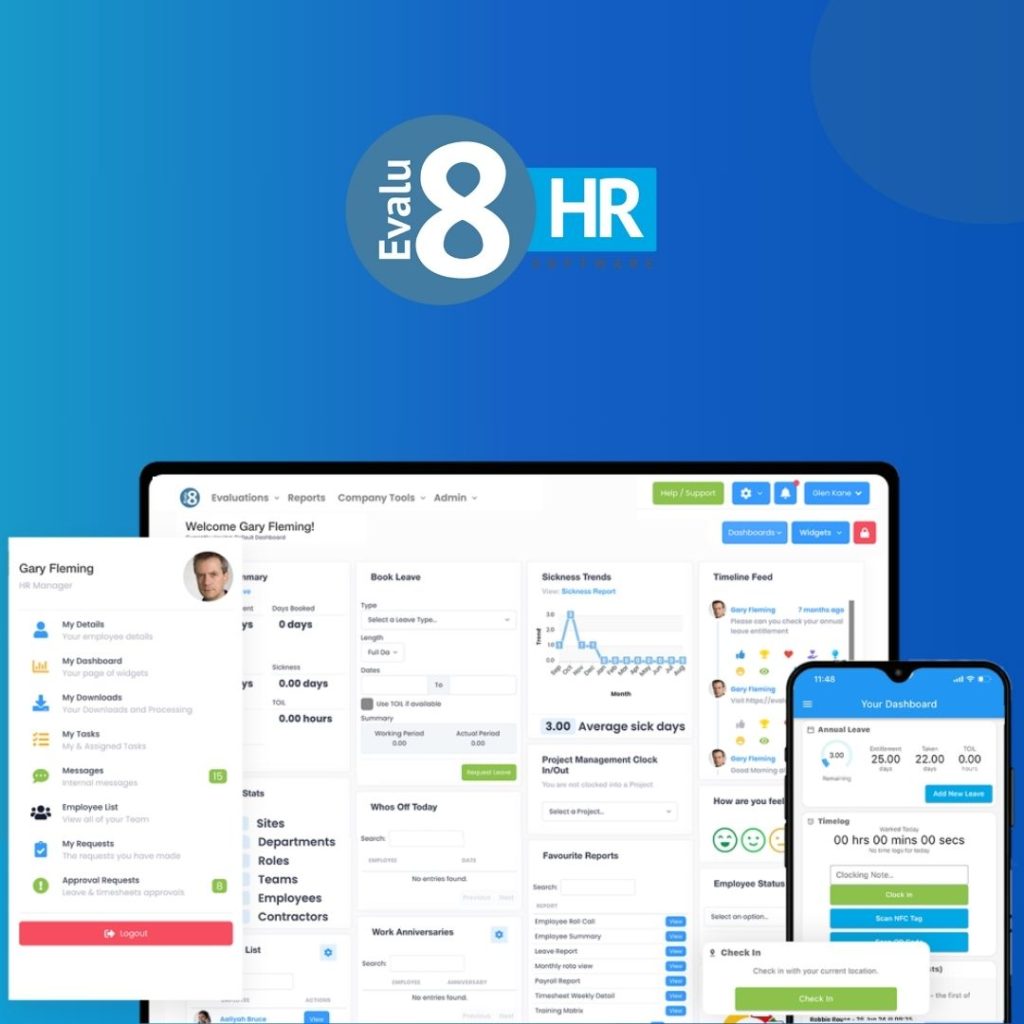
Evalu-8 HR isn’t just another system, it’s built for UK manufacturing, full stop. Designed with factory managers, ops leaders, and HR compliance in mind, it bridges the gap between operational HR and strategic insight.
Core features
Employee profiles
Flexible and fully customisable. You can track everything from job roles and contracts to qualifications, training expiry dates, PPE sign-offs, and even access control. This is purpose-built for manufacturing, where compliance and role-specific tracking are non-negotiables.Leave, training & performance tracking
Supports detailed absence management, including full visibility over leave types, sickness, phased returns, and even Bradford Factor calculations. Training can be scheduled and monitored with automated expiry alerts, while performance reviews are logged and linked to upskilling or safety outcomes.Policy distribution and e-signatures
Issue new or updated documents directly to staff via the portal or app, track who has signed what, and automate reminders for missing acknowledgements. It’s a robust system for ensuring everyone on the shop floor is always up to date with policies, RAMS, and H&S documents.
Advanced features
Dynamic rota planning with shift rules
Create rotas based on fixed or rotating patterns, skillset requirements, availability, and fatigue triggers. The system supports multi-site visibility, rule-based scheduling, and minimum rest periods, all critical for managing production risk and compliance with working time regulations.Fatigue risk management
Unique to Evalu-8 among these platforms, this feature alerts managers when workers are being over-scheduled, have insufficient recovery time, or are hitting fatigue thresholds, an essential layer of risk prevention for safety-critical roles.Time & attendance with geo-tagging
Employees can clock in/out using a mobile device with location verification or biometric scanners. This data feeds directly into attendance records, reports, and compliance dashboards, no manual reconciliation or guesswork required.RAMS builder, audits & safety logs
Build and issue RAMS in-platform, attach them to specific job roles or locations, and track sign-off digitally. Run safety audits, log incidents, and generate ready-to-go compliance reports in just a few clicks.Mobile-first design
Managers and operatives can access real-time data, view shifts, log incidents, or complete forms from the factory floor. The mobile app isn’t an afterthought, it’s core to how the system works.
Constraints and functionality gaps
Evalu-8 is constantly evolving based on manufacturer feedback, but some may find the breadth of tools overwhelming at first. That said, the platform includes onboarding and support to ensure adoption and ROI.
Pricing
Starts at just £2.50 per employee/month for HR Lite (ideal for smaller manufacturers), with scalable tiers depending on feature set.
Full HR + EHS packages available for larger businesses needing integrated H&S, RAMS, and fatigue tools.
Transparent pricing and no hidden fees for core compliance tools, everything is designed to scale with you.
Pros & cons
Pros:
- Designed for UK manufacturers
- Powerful rota, fatigue, T&A, and RAMS tools in one place
- Mobile-first, audit-ready, and fully customisable
- Affordable, transparent pricing with practical support
Cons:
- Takes time to configure properly for full use, but full training is provided.
Choosing the right platform for your team
Most HR software platforms are designed for desk-based teams. But your team doesn’t work at a desk. They’re out on the shop floor, on night shifts, tracking hours, handling risk. That’s why you need HR software that works the way you do.
Evalu-8 HR isn’t the loudest name in the space, but it’s the one more and more UK manufacturers are turning to because it actually solves the problems others gloss over.
Common questions manufacturers ask about HR software
Yes, Evalu-8 offers rotas, fatigue tracking, T&A, and H&S tools, which BambooHR does not.
Not well. BrightHR focuses more on templates and less on real-time rota control.
Evalu-8 HR starts at just £2.50 per user/month and includes tools many others charge extra for.
Not with Evalu-8 HR. T&A is built in with geotagging, fatigue alerts, and audit logs.
Absolutely. Whether you’ve got 10 people or 300, it scales flexibly with your needs.


